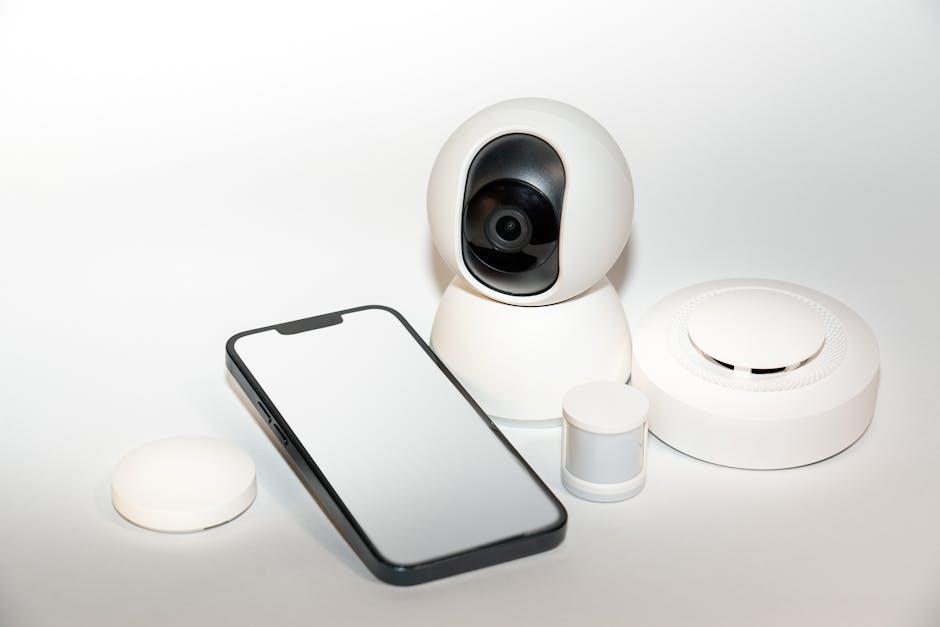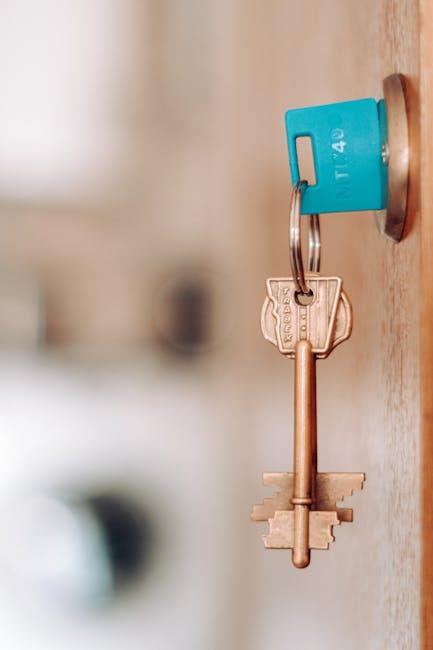In the quietly humming corners of our homes, always-on digital assistants listen and learn, ready to respond to a simple wake word. These ever-present companions offer convenience at the touch of a voice, seamlessly weaving into daily routines. Yet, beneath their helpful veneer lies a complex web of privacy risks, where the boundary between assistance and surveillance grows thin. As our devices remain perpetually attentive, the question arises: How much of our private lives do we unknowingly surrender to these silent sentinels? This article delves into the delicate balance between convenience and confidentiality in the age of always-on assistants.
Privacy Risks Lurking Behind Always-On Listening

Devices that are constantly listening pose a unique challenge when it comes to safeguarding your personal life. These assistants capture every sound around them, including sensitive conversations, background noises, and even unintended commands. Malicious actors may exploit these recordings through hacking or unauthorized access, turning your private moments into potential data breaches. Moreover, the collected data is often stored on remote servers, raising concerns about who truly controls and accesses this information. Even companies with strict privacy policies may inadvertently expose details through security lapses or internal misuse.
Besides external threats, users should be wary of subtle privacy compromises embedded in the technology itself. For instance, these assistants can unintentionally trigger and record snippets, sending fragments of your life to cloud services without explicit consent. This invisible monitoring can result in:
- Tracking your daily routines, creating detailed profiles for advertising or surveillance.
- Collecting sensitive health or financial information spoken aloud, which could be used without your knowledge.
- Continuous data accumulation, making it difficult to fully erase digital footprints.
| Risk Type | Potential Impact | Mitigation |
|---|---|---|
| Unauthorized Access | Data leaks, identity theft | Use strong passwords, enable 2FA |
| Unintended Activation | Private info recorded | Disable always-on features when possible |
| Data Profiling | Targeted ads, privacy erosion | Review privacy settings regularly |
Understanding Data Collection and Storage Practices

Always-on assistants continuously listen for voice commands, necessitating ongoing data collection to function effectively. This means that devices capture vast amounts of audio data, often including sensitive background conversations that users might not intend to share. Such data is typically transmitted to cloud servers where it is analyzed and stored, raising concerns about who has access and how securely this information is handled. While manufacturers claim to anonymize and encrypt user data, the inherent risks of interception during transmission or unauthorized access in storage remain pressing privacy challenges.
The specifics of data collection and retention vary widely among companies, making it crucial for users to understand what is happening behind the scenes. Below is a simplified overview illustrating typical practices:
| Data Type | Collection Method | Storage Duration | Purpose |
|---|---|---|---|
| Voice Recordings | Microphone activation on wake word | Days to months | Command recognition and service improvement |
| Usage Patterns | Interaction logs | Extended periods | Personalization and ads targeting |
| Device Metadata | Network and device sensors | Varies by policy | Diagnosing issues and optimizing performance |
- Consent and Control: Users often unknowingly consent to data collection via complex terms of service.
- Third-Party Sharing: Some data may be shared with advertisers or partners, potentially exposing information beyond the device ecosystem.
- Data Minimization: Limited efforts exist to restrict collected information strictly to what’s necessary for functionality.
Balancing Convenience with Security in Smart Assistants

Smart assistants offer remarkable convenience by responding instantly to voice commands, managing daily tasks, and integrating seamlessly with smart home devices. However, this always-listening feature can open the door to various privacy challenges. Since these devices constantly process ambient sounds to detect their wake words, there’s an inherent risk of inadvertently recording sensitive conversations or capturing data without explicit user consent. The balance hinges on users understanding which data is collected and how it’s stored or shared.
Mitigating these risks involves a combination of user vigilance and manufacturer responsibility. Key strategies include:
- Regularly reviewing privacy settings: Customize data collection preferences and limit sharing with third parties.
- Utilizing manual microphone controls: Physically mute the device when privacy is paramount.
- Monitoring data retention policies: Understand how long voice recordings are stored and request deletion where possible.
| Feature | Benefit | Privacy Risk |
|---|---|---|
| Wake Word Detection | Immediate response | False activations |
| Voice Recording Storage | Improves recognition | Data breaches |
| Smart Home Integration | Unified control | Unauthorized access |
Practical Steps to Safeguard Your Privacy at Home

To mitigate privacy risks posed by always-on assistants, start by scrutinizing the device’s privacy settings. Most modern assistants offer options to disable continuous listening or limit data collection. Regularly review and delete voice recordings through the device’s app or web portal. Additionally, consider muting the microphone physically when the assistant isn’t needed-this simple action instantly cuts off electronic eavesdropping, providing peace of mind without sacrificing convenience.
Creating boundaries around where and how these devices are used further enhances privacy. For instance, avoid installing them in sensitive areas such as bedrooms or home offices. Incorporate these habits into your routine to maintain control:
- Turn off voice activation during private conversations.
- Use strong, unique passwords for device accounts.
- Limit third-party app integrations that access personal data.
- Regularly update device firmware for security improvements.
| Step | Action | Benefit |
|---|---|---|
| 1 | Mute Microphone | Stops accidental listening |
| 2 | Review Privacy Settings | Limits data collection |
| 3 | Delete Voice History | Removes stored sensitive info |
| 4 | Restrict Device Placement | Reduces exposure in private spaces |
Final Thoughts
As we invite always-on assistants into our homes and lives, the invisible threads of connectivity weave ever tighter, blurring the boundaries between convenience and intrusion. These digital companions promise ease and efficiency, yet they quietly gather fragments of our most private moments. Navigating this delicate balance calls for awareness, thoughtful choices, and ongoing dialogue about how much privacy we are willing to trade for the comfort of a helping voice. In a world where silence is no longer guaranteed, safeguarding our personal sanctuaries becomes an essential act of self-preservation.










